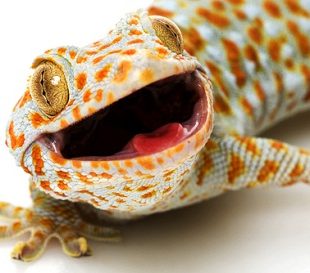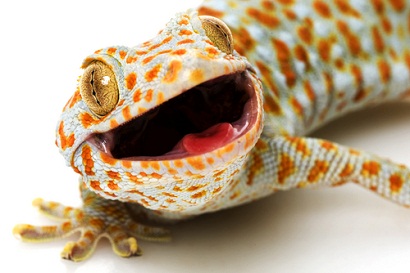
The wildlife of Lanzarote
From sandy-coloured lizards darting underneath white-washed walls, to indigenous crabs making their way across the shingles, from herds of goats grazing on the hillsides, to a lonely mule trussed to a fence in a field, the wildlife of Lanzarote is blessed with a remarkable diversity.
In fact, the Canary Islands as a whole, is home to than 5,000 species of invertebrates, with two species being particularly noteworthy – one is a fossil, the antophoras bee, and the other living – the cochinillas.
Reptiles on Lanzarote, particularly lizards and geckos are endemic on the island, which, during the hot months can be seen skirting down walls and close to bright lights.
Being an island rife with unusual, diverse and colourful wildlife, Lanzarote has long been a hub for wildlife enthusiasts.
A recent series of excavations in the Orzola area, to the north of the island, deepened Lanzarote’s reputation of being home to wondrously diverse and unusual wildlife further, by uncovering the fossilized eggs of a bird related to the ostrich, which is believed to have lived on the island between five and six million years ago during the Miocene period.
The findings have led researchers from the Catalan Institute of Palaeontology to muse over the possibility that Lanzarote originated as part of the African continent.
This possibility was unveiled by the fact that by the Miocene period these ostrich-related birds had already lost their ability to fly, suggesting that the island then became separated from the land mass that forms Africa.
This thesis in reinforced by the fact that, although there are several similarities between the bird fossils found on Lanzarote and the African ostrich, there are also distinct differences.



